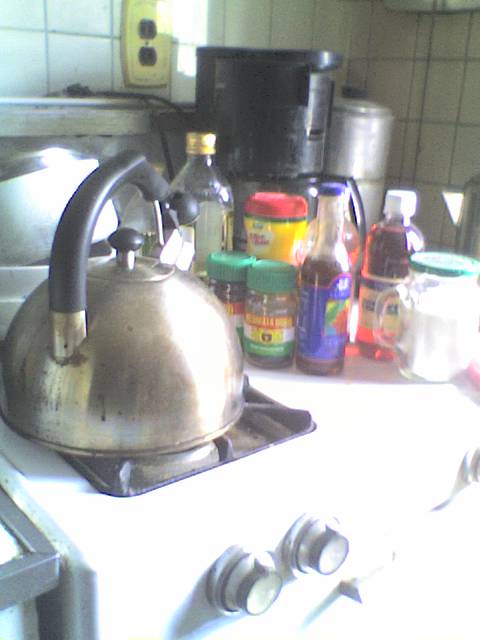It should come as no surprise that food magazines are now indie and artisanal. After all,most foods are, Why not the magazines that feature them? It's a new food trend that may just be a permanent one.
Tejal Rao, the famed chef and, cookbook writer wrote about them in today's New York Times Food section It's a movement that arose from frustration. Many of the people, creating these are stymied by what they see in the long established cookery magazines. There are ones that recipes cater more to novices than seasoned chefs or the ones that are so corny and homey that it hurts to read them, despite the fact that some actually do print pretty good recipes. Many of these indies combine lifestyle with cooking as Jarry, one created by Lukas Volger and Steve Viksjo.It celebrates the meeting of food and queer culture.It gave an L.G.B.T.Q. spin on food. Unlike other food magazines, there's an article on designer , Zac Posen who also has a cookbook out as well as a culinary tour of Milan. Dill magazine, created by only (!) twenty year old Shayne Chammavanijakul on South Asian noodles along with flavors and dishes . There are some interesting recipes you wouldn't see in standard lifestyle or cooking magazines.The wittily named Toothache was created by pastry chef , Nick Muncy, for chefs. It may be the first of its' kind because it offers recipes in technical terms not ones for foodies or home chefs .
Is it easy to create a artisanal magazine? Like food blogging it does require a large chunk of time to come up with ideas and format. , It is also costly unlike food blogging, which just requires signing onto a free blog.A print magazine needs ink and paper along with contributors to create an issue. This requires money, easy to get from a publisher , not so from an independent one. Dill's creator, Ms. Chammavanijakul had to work nights at Chipotle just to pay her contributors.Family and friends also chipped in with financial and editorial support. Staffs on these artisanal issues tend to be small. Sometimes it's just a staff of one or possibly two doing everything, from layout to promotion. The circulation also is very small. Readership could only be around one hundred and fifty subscribers.Pricing is also high.Dill is nine dollars an issue. Toothache is a whopping twenty dollars for two biannual issues.Yet, unlike, the mass produced food magazines, these come with saturated ink drawings along with original articles that would appeal to a more experienced crowd.
These new artisanal magazines may last as long as their more established counterparts. They show a side of cooking and food not always seen. This may be more than a trend. It may be the start of an entirely new publishing phenomenon.
Wednesday, March 28, 2018
The Artisanal Food Magazine
Subscribe to:
Post Comments (Atom)




No comments:
Post a Comment